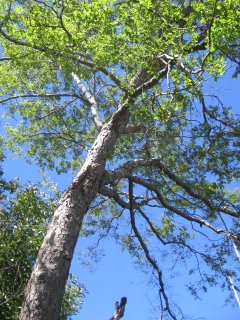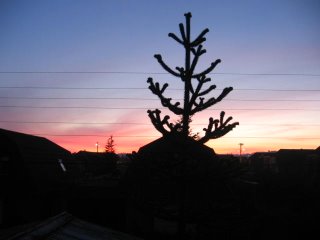Puerto Montt was founded in 1853 during the wave of German immigration. There is an excellent market along the coastline that sells arts and crafts, cheese, and has many seafood restaurants with freshly caught fish at prices ranging from reasonable to very expensive. It pays to shop around. Most tourists frequent these restaurants.
Puerto Montt is the end of the line for traveling by road or rail in Chile. In order to proceed to the untouched natural areas of Patagonia, one must take a ferry to the island of Chiloe from Puerto Montt, or fly. In that manner, the town is a connection point to the beautiful southern areas of Chile. In terms of tourist attractions, besides the ocean and coastal market, Puerto Montt is an average town without anything too spectacular.
















 Lake Pellaifa
Lake Pellaifa